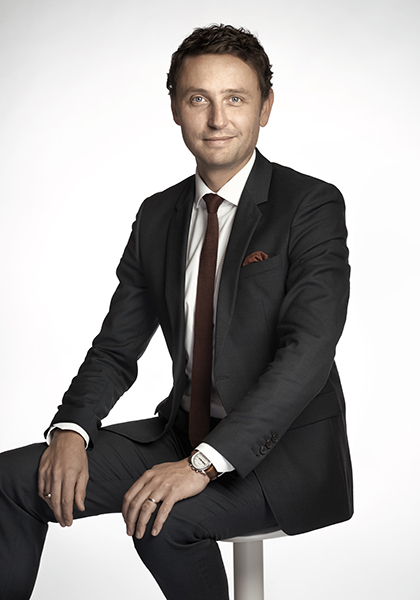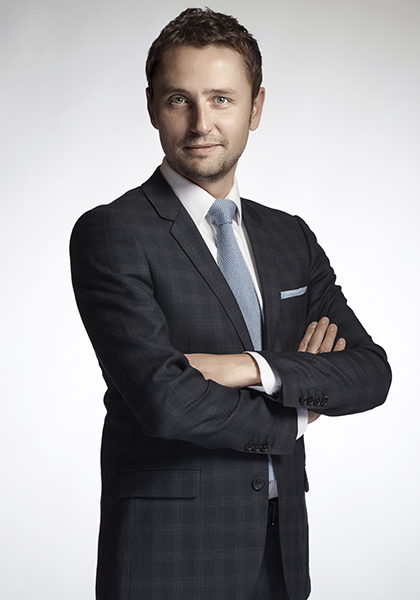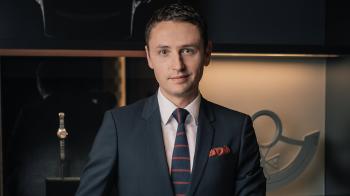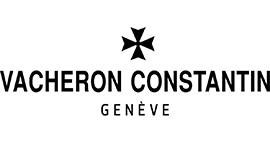Vacheron Constantin has promoted traditional art and cultural heritage since its creation 264 years ago. Now collaborating with the Louvre in a long-term partnership, Vacheron Constantin is highlighting this specific aspect of their core values. WorldTempus speaks with Laurent Perves, Vacheron Constantin’s Chief Marketing Officer, on why conserving traditional art still matters today, the scope of the partnership and why the two institutions make such a fine match.

Can you share with us a little more about how the partnership with the Louvre started?
Vacheron Constantin has a long history as a patron of the arts. At Vacheron Constantin, we work greatly on conserving the heritage and treasures that we have accumulated in the last 264 years, and it’s the same case for the Louvre who holds the same responsibilities for the works in their domain. There is a certain savoir-faire in art, notably in restoration, recovering value and renovation.
In 2016, Vacheron Constantin participated in the restoration of an 18th century clock in the collection of the Louvre, La Création du Monde. What did you learn from this experience? Is that when the brand and the Louvre found points in common?
That was definitely a collaboration that was very successful. A mutual realisation of our shared values contributed to this success.
In the end, we had similar goals and a shared vision on heritage conservation, renovation and promotion of the arts and culture, as well as opening that up to the rest of the world — something that has always been very important for Vacheron Constantin. As you know, we have always worked on very different cultural or geographic themes. It was a first experience that was very conclusive, and that made us want to go further and that naturally led us to this partnership.
Speaking of these horological projects, what experiences are you reserving for the public in the context of this partnership?
For this partnership, there is already an ongoing exchange of skills, know-how and techniques between us. The Louvre, and art, in general have always been great sources of inspiration for Vacheron Constantin. I’m thinking of our métiers d’art collections that have already taken inspiration from several pieces of art, for example “Les Masques”, which was inspired by the tribal masks on display at the Barbier-Mueller Museum or certain unique pieces in the “Les Cabinotiers” collection.
In addition to that, we will be able to offer our clients exceptional experiences such as visits and exclusive events. We share the same values and interests: the promotion of art and culture in terms of restoration, heritage, public access and client experiences. The Louvre is, first and foremost, a place with wonderful experiences within its walls for people, and Vacheron Constantin is always looking for the most exclusive and extraordinary experiences for its clients, and will indeed have the opportunity to collaborate with the teams at the Louvre to create these experiences.

The Louvre has curated one of the most important art collections in the world. How does that fall in line with Vacheron Constantin’s notable heritage?
You have to remember that Vacheron Constantin and the Louvre were created around the same period, in the 18th century, so both of our institutions have always had a particular and long-term vision of the world. And secondly, Vacheron Constantin has always been very open. For example, Vacheron Constantin opened the Chinese market during the middle of the 19th century! There was this quest to go meet and discover other cultures and advocate for Swiss watchmaking. Some of our historical pieces are a testament to that quest, as well as some of our recent Métiers d’Art “Legend of Zodiac” pieces, which pay homage to the Chinese culture, or even our “Maki-e” pieces, which pay homage to the Japanese art of the same name. The passion comes from those values, and I think with that, we find ourselves in line with the Louvre.
Why do you think is it important to conserve these traditions or ancient art?
For us, the most important thing is our maison’s history. It’s how we keep going throughout history, all the while keeping to a singular message and our values in a consistent manner. If you look at watchmaking, we innovate and there are a lot of new things that are created, but we are still on a product that is almost an antique, you can say, and has today been surpassed technologically in the digital age. In spite of that, it persists, specifically because there is this intention to perpetuate, to continue the promote certain values and certain aesthetic codes, external beauty and savoir-faire.
Are the galleries or certain works of art in the museum that interest you or have already inspired the team for future projects?
Our design team has already had the chance to go to the Louvre and have initial meetings and exchanges there. Yes, there are definitely particular galleries and works of interest. I can’t tell you more about it, but there is clearly more than one point of interest. There was a sort of synchronisation with the teams at the Louvre and ours on a topic that is perfect for our collaboration.
Vacheron Constantin has realised a number of projects with other museums; can you tell us more about the thinking behind that strategy? Has the Louvre always been in view?
We have indeed collaborated for many years with the Barbier-Mueller Museum in Geneva. This partnership gave birth to the Métiers d’Art “Les Masques” collection, which was met with phenomenal success. It’s part of the Vacheron Constantin DNA, the idea of supporting, promoting métiers d’art, art in general and the Vacheron Constantin culture. We consider what we do to be art. But we have also supported institutions such as the Paris Opera, the New York City Ballet and the Swiss Romandie Orchestra. All institutions that bring forward art and culture. Today, our partnership with the Louvre, initially signed for the next three years, affirms, if such an affirmation is necessary, our commitment to art and culture.
Is this a long-term partnership? And what are the next steps now that you have announced it publicly?
There are several ongoing projects that we will be revealed over time — the partnership has been signed for three years but we, of course, hope to work with the Louvre for even longer. It also shows the two institutions’ commitment to working with one another.





